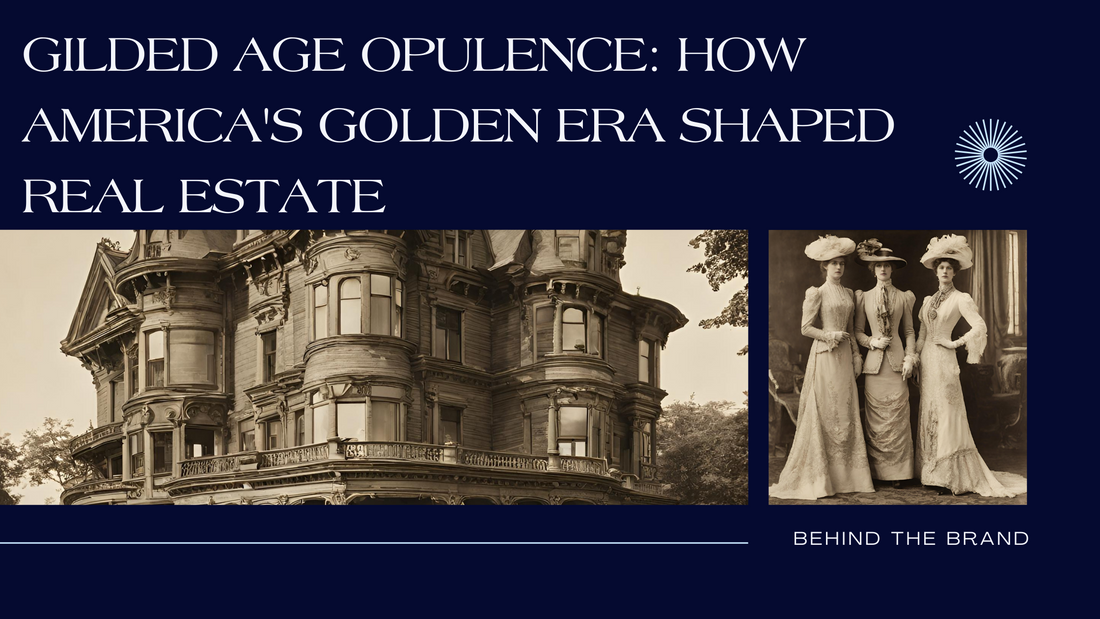In the late 19th century, the United States experienced a period of unprecedented economic growth and industrialization known as the Gilded Age. This era, characterized by rapid urbanization, technological advancements, and the rise of wealthy industrialists, had a profound impact on various aspects of American society, including the real estate market.
The Gilded Age was a time of immense wealth for a select few, leading to the construction of extravagant mansions and opulent estates. The wealthy elite sought to showcase their status and prosperity through their homes, leading to the development of grand architectural styles such as Beaux-Arts, Victorian, and Renaissance Revival.
One of the most notable examples of Gilded Age real estate is the Vanderbilt family's Biltmore Estate in North Carolina. Built by George Vanderbilt II in the late 19th century, the Biltmore Estate is a sprawling mansion that spans over 175,000 square feet and features 250 rooms. This architectural masterpiece serves as a testament to the excesses of the Gilded Age and the wealth of the Vanderbilt family.
The Gilded Age also saw the rise of urban development, as cities across America experienced rapid growth. The demand for housing in urban areas led to the construction of apartment buildings and tenements to accommodate the growing population. However, these buildings often lacked proper sanitation and ventilation, leading to poor living conditions for many urban residents.
Despite the economic prosperity of the Gilded Age, there were also significant disparities in wealth and living conditions. While the wealthy elite enjoyed lavish lifestyles, many Americans struggled to make ends meet, leading to social unrest and calls for reform.
The Gilded Age was a period of immense change and development in the United States, particularly in the real estate market. The era's focus on opulence and extravagance led to the construction of some of America's most iconic buildings, while also highlighting the stark disparities in wealth and living conditions.

